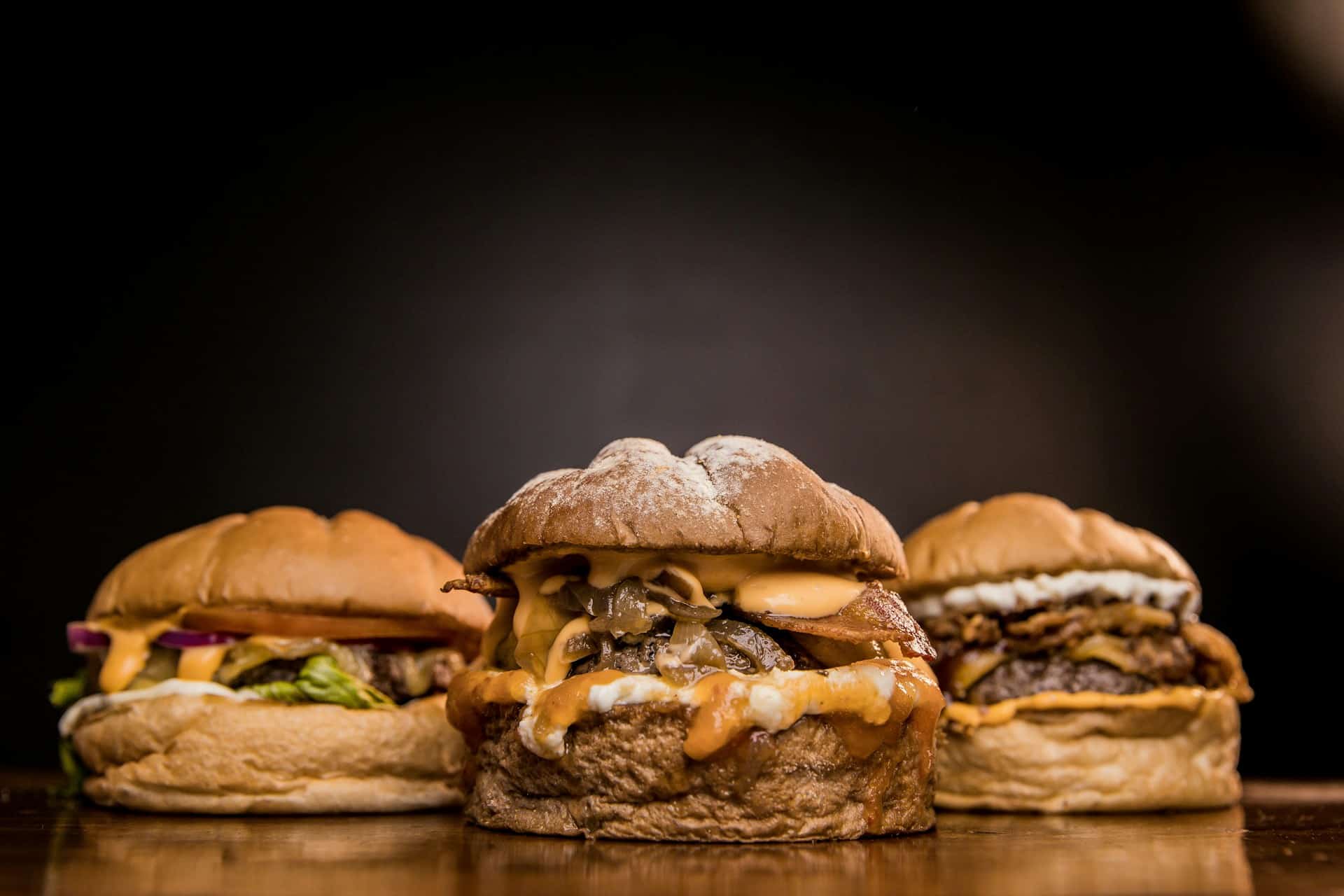What’s the Best Way to Introduce a Conure to New Foods and Treats?

Conures are small, brightly colored parrots that are known for their playful and curious nature. Like all birds, they thrive on a balanced and varied diet. However, finding new foods that your conures will like and accept can be a challenging task. This article aims to provide you with a step by step guide on how to introduce new foods and treats to your conure. We will explore what conures usually eat, the benefits of a varied diet, and the process of introducing new foods.
What Do Conures Normally Eat?
Understanding what conures normally eat is the first step towards introducing new foods to them. Conures thrive on a balanced diet. In the wild, they feast on a variety of seeds, fruits, vegetables, and occasionally, insects.
En parallèle : How to Build a Custom Ramp for a Senior Dog with Mobility Issues?
In captivity, conures should be offered a balanced diet that mimics their natural diet as much as possible. This typically includes a base diet of high-quality pellets, supplemented with fresh fruits, vegetables, and a limited amount of seeds and nuts. Some bird forums also suggest adding a small amount of cooked lean meat or eggs for additional protein.
The Importance of a Varied Diet
Just as for us humans, a varied diet is important for birds. It ensures they get all the essential nutrients they require for a healthy life. A diet that solely consists of seeds, for example, will not provide your conure with all the necessary vitamins and minerals.
Lire également : How to Introduce an Elderly Dog to a Gentle Massage Routine for Arthritis Relief?
Introducing new foods also helps to keep your conure mentally stimulated. In the wild, conures would spend a large part of their day foraging for food. By offering a variety of foods, you can help to recreate this experience in their cage.
How to Introduce New Foods
The process of introducing new foods to your conure should be done gradually and patiently. Birds are creatures of habit and may be suspicious of new items in their cage. Here are some steps you can follow:
- Start small: Introduce one new food at a time. This will allow your bird to get used to the new food without getting overwhelmed.
- Mix with familiar foods: Mixing the new food with familiar ones can make it more appealing. For example, you could mix a new vegetable with their favorite seeds.
- Make it fun: Birds are naturally curious and love to play. Making mealtime fun can encourage them to try new foods. You could hang the food from the roof of the cage, or hide it in a toy.
- Give it time: It might take some time before your conure starts to eat the new food. Don’t be discouraged if they don’t take to it immediately. Be patient and keep trying.
Monitoring Your Conure’s Diet
Once you’ve introduced new foods, it’s important to monitor your conure’s diet closely. Watch them when they eat to ensure they are actually consuming the new food and not just picking around it.
Also, pay attention to your conure’s droppings. Changes in color, consistency, or volume can be messages about their diet. For instance, dark droppings could indicate a diet heavy in seeds, while bright green droppings might mean they are eating a lot of vegetables.
Seeking Advice from Fellow Bird Owners
If you’re struggling to get your conure to try new foods, don’t hesitate to seek advice from other bird owners. Bird forums are a great place to exchange tips and tricks. You can learn from the experiences of others and might even find some new foods to try.
Remember, each bird is unique and what works for one might not work for another. So, keep trying different methods until you find what works best for your conure.
In conclusion, introducing new foods to your conure can be a challenge, but with patience and persistence, it can be achieved. A varied diet is key to a healthy and happy bird. So, don’t be afraid to mix things up and introduce new foods into your conure’s diet.
Keeping a Close Eye on Weight Changes
Monitoring your conure’s weight is an essential part of ensuring they are healthy and enjoying their new diet. A sudden or gradual loss of weight could indicate that your bird is not getting enough nutrition, possibly due to not eating the new food introduced. On the other hand, a sudden increase in weight might mean that your bird is overeating or indulging in too many treats.
To accurately monitor your bird’s weight, invest in a small digital scale. Weigh your conure at approximately the same time every day, preferably in the morning before feeding them. The weight of a healthy conure should remain relatively stable.
If you notice significant fluctuations in your pet bird’s weight, it’s important to consult with an avian veterinarian. They can assess the bird’s health, provide guidance on the appropriate conure diet, and offer advice on how to balance their food intake.
Personalizing Your Conure’s Feeding Routine
Understanding your conure on a personal level helps greatly in successfully introducing new foods. Each bird will have its preferences when it comes to food, just as humans do. Some birds might be more willing to try fresh foods while others might be more inclined toward a seed mix.
Your pet bird might be more receptive to trying new foods at a certain time of the day. Some conures may be more adventurous in the morning, eager to try out what’s in their food bird dish. If you notice this pattern, this would be a great time to introduce new food items.
Try serving the new foods in a variety of ways. Some conures may like their fruits and vegetables chopped, others may enjoy them shredded, and some may prefer them whole. If your conure doesn’t take to the new food right away, try presenting it differently next time.
Additionally, consider the location of the bird cage when feeding your conure. Conures are social creatures and might be more inclined to try new foods if their cage is located in a busy part of your home, like the living room or kitchen. The sight of you enjoying your meal might make them curious about their own.
Conclusion
Incorporating new foods into your conure’s diet shouldn’t be a daunting task. It’s a process that needs time, patience, and a bit of creativity. Understanding your conure’s habits, preferences, and their natural inclination towards certain foods can make the process smoother and more successful.
Remember, maintaining a varied diet is vital for your conure’s health and happiness. Offering a mix of pellets, seeds, fresh fruits, vegetables, and even the occasional treat will ensure they get all the nutrients they need.
The process of introducing new foods can also strengthen the bond between you and your pet bird. Over time, your conure may come to anticipate their feeding time with excitement, particularly when their bird street bistro menu is regularly updated with fresh and enticing options.
So, don’t be discouraged if your initial attempts don’t yield immediate results. Keep exploring different foods, seek advice from bird forums, and consult with your avian veterinarian when in doubt. Your persistence will undoubtedly pay off, contributing to a healthier and happier conure.
